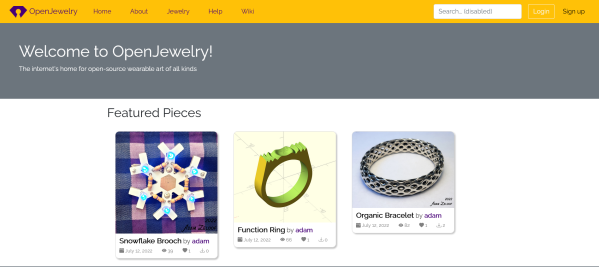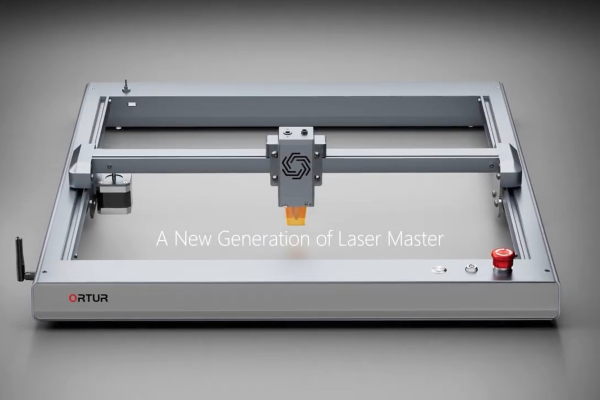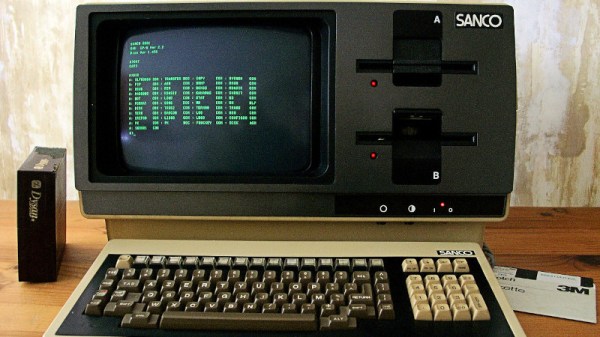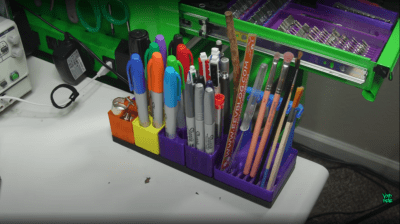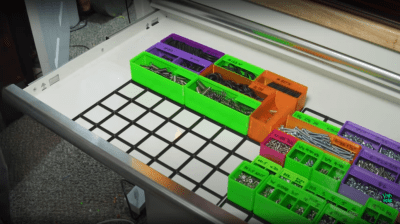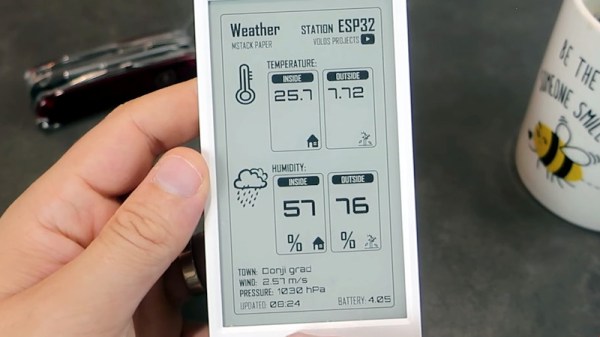I’m a huge DIY’er. I don’t like to buy things when I can build them myself. But honestly, that doesn’t always end up in the optimal allocation of my time, when viewed from a getting-stuff-done perspective. Sometimes, if you’ve got a bigger project in mind, the right way is the quick way, and the quick way is buying something that already works. But when that something is itself not hackable, you’d better be darn sure that it does what you need, and what you could reasonably expect to need in the future, out of the box. And that’s where extensibility comes in.
It’s rare to find products out there that are designed to be both easy to use for the newbie, but extensible for the advanced user. For one, it’s hard work to tick either one of these boxes alone, so it’s twice as hard to nail both. But my other sinking suspicion is that designers tend to have an end user in mind, and maybe only one end user, and that’s the problem. When designing for the newbie, convenience is king. Or if targeting the pro, you maximize flexibility, but perhaps at the expense of designed-in complexity.
There’s a way out, a cheat code, if you will. And that’s making the project open source. Go ahead and hide the complexity from the new user if you want — as long as the pro is able to dive into the schematics or the source code, she’ll figure out how to extend it herself. Openness frees the designers up to worry about making it easy to use, without compromising its flexibility.
I think that this blend of easy and extensible, through openness, is what fundamentally drove the success of Arduino. On the surface layer, there are libraries that just do what you want and drop-down menus with examples to access them. But when you needed to actually use the chip’s hardware peripherals directly, there was nothing stopping you. For the community at large, the fact that all of the code was openly available meant that extending the base was easy — and let’s not beat around the bush, the community’s libraries, tutorials, and example projects are the real reason for the success of the platform.
Look around you, and look out when you’re making that next non-DIY shortcut purchase. Is it easy to use? Can you make it do the things that it doesn’t yet do? Just two simple requirements, yet they seem to knock out so many products if you want both. Then look at those that are both simple and flexible — are they also open? At least in my little world, the answer is almost always “yes”.
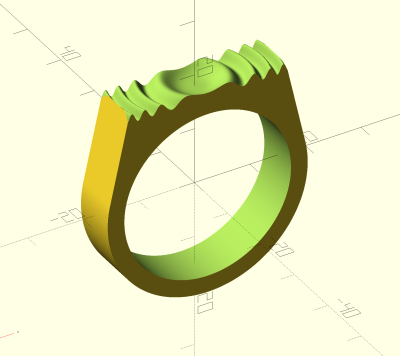 [Adam] has seeded the site with a handful of his own beautiful designs, which run the gamut from traditional silversmithing techniques to 3D printing to fancy PCBs with working blinkenlights. You really should check it out, and definitely consider contributing.
[Adam] has seeded the site with a handful of his own beautiful designs, which run the gamut from traditional silversmithing techniques to 3D printing to fancy PCBs with working blinkenlights. You really should check it out, and definitely consider contributing.
